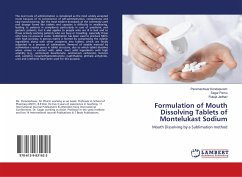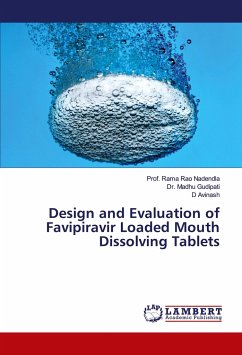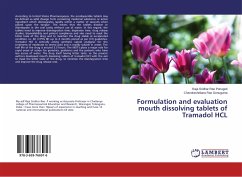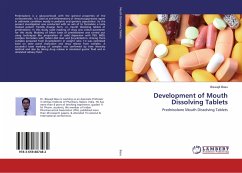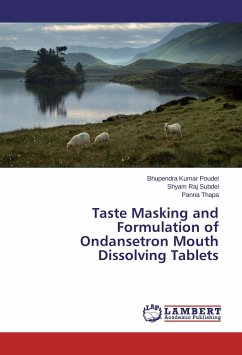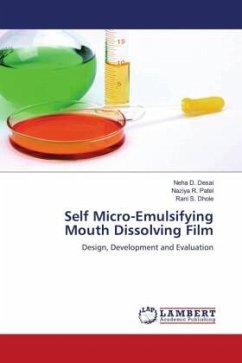The oral route of administration is considered as the most widely accepted route because of its convenience of self-administration, compactness and easy manufacturing. But the most evident drawback of the commonly used oral dosage forms like tablets and capsules is difficulty in swallowing, leading to patients in compliance particularly in case of paediatric and geriatric patients, but it also applies to people who are ill in bed and to those actively working patients who are busy or travelling, especially those who have no access to water. Sublimation has been used to produce MDTs with high porosity. A porous matrix is formed by compressing the volatile ingredients along with other excipients into tablets, which are finally subjected to a process of sublimation. Removal of volatile material by sublimation creates pores in tablet structure, due to which tablet dissolves when comes in contact with saliva. Inert solid ingredients with high volatility (e.g., ammonium bicarbonate, ammonium carbonate, benzoic acid, camphor, hexamethylenetetramine, naphthalene, phthalic anhydride, urea and urethane) have been used for this purpose.

